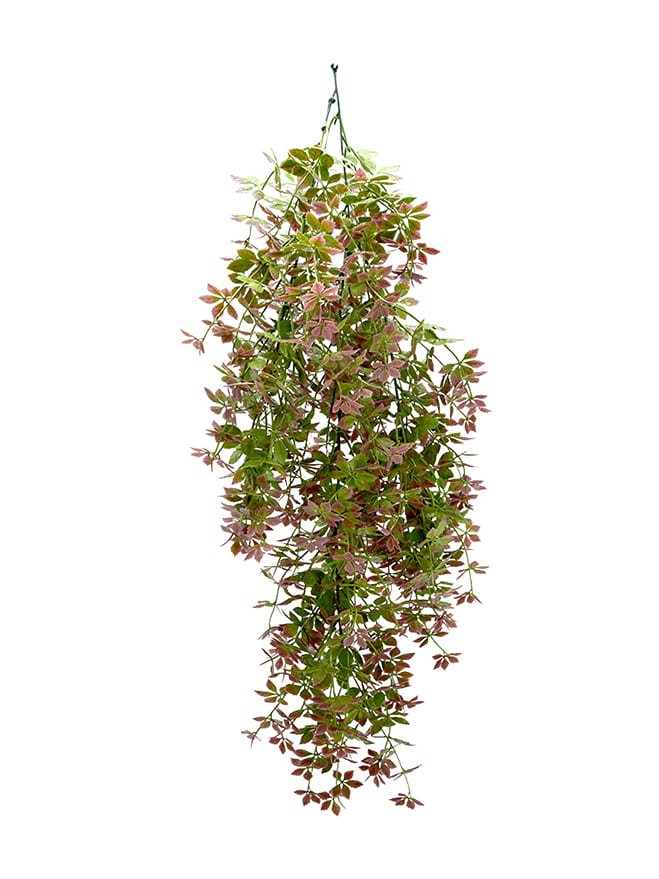Begin your journey into the future of agriculture with vertical farming, a trend that is revolutionizing the way we grow food. Vertical farms, also known as vertical farms or skyscraper farms, are pioneering sustainable and efficient food production. In this in-depth guide, we’ll explore the world of vertical farming, from its cutting-edge technology to its huge impact on the environment and food supply. Vertical farming is a game-changing practice that allows crops to be grown in vertical rows, often in urban environments. The limitations of traditional farming have been eliminated with vertical farming, which uses technologies such as hydroponics, aquaponics and LED lighting to improve growing conditions. Learn how these techniques help grow year-round, reduce water use, and eliminate pesticides. Discover the many products grown on vertical farms, from greens to herbs, strawberries and even small fruit trees. The environmental management of vertical farming ensures consistent, annual fresh produce, reducing the need for long transportation and associated carbon emissions. Vertical farming isn’t just about growing food; It is the driving force of sustainable development. Enjoy environmental benefits including less land use, less water wasted and less energy use. Learn how vertical farming can increase food security and make urban areas more self-sufficient and resilient in the face of climate change, climate change and related products. Participate in vertical farming and learn how it is changing the farming landscape. Whether you’re a farmer, environmentalist, or simply curious about the future of food production, our guide can provide insight and inspiration into the world of vertical farming. Learn about the benefits, advantages and benefits of vertical farming as we redefine the way we feed the planet while protecting it for future generations.
Welcome to Artificial Garden Importer!!


 ARTIFICIAL PLANTS
ARTIFICIAL PLANTS ARTIFICIAL VERTICAL GARDEN
ARTIFICIAL VERTICAL GARDEN ARTIFICIAL LEAF BUNCH
ARTIFICIAL LEAF BUNCH HANGING ARTIFICIAL LEAVE
HANGING ARTIFICIAL LEAVE TOPIARY BALL
TOPIARY BALL FLOWER WALL FRAME
FLOWER WALL FRAME ARTIFICIAL GRASS
ARTIFICIAL GRASS